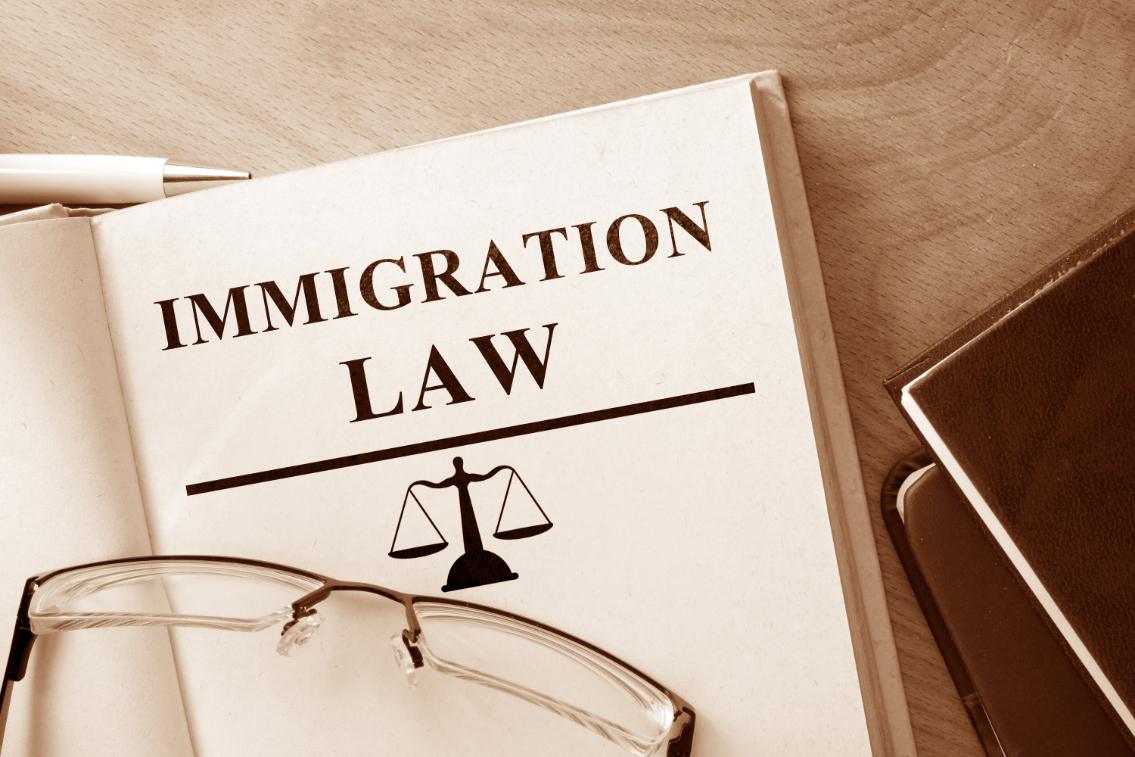
The Heartbeat of Family Unity: Understanding Family Green Cards
Immigration to the United States can often feel like a daunting tapestry, filled with intricate threads of regulations, forms, and emotional nuances. Among these threads, the Family Green Card stands out as a vital connection, a lifeline for many who wish to reunite with loved ones or build a life in the land of opportunity. This blog post will explore the enchanting world of Family Green Cards, illuminating the pathways available for families to come together under one roof, fostering love and support in a new homeland.
Family Green Cards, also known as family-sponsored visas, allow U.S. citizens and lawful permanent residents to bring certain family members to the United States. The process can be complex and often overwhelming, but the rewards are profound: the chance to share life’s moments with family, to celebrate holidays, and to create lasting memories in a new environment. Understanding the nuances of this process is essential for anyone embarking on the journey of family reunification.
For many, the journey begins with an understanding of who qualifies as a family member eligible for this type of visa. U.S. citizens can petition for their spouses, children, parents, and siblings. Lawful permanent residents can petition for their spouses and unmarried children. Each category comes with its own set of rules and processing times, which can affect the emotional landscape of families awaiting reunion.
The Process of Family Green Card Application: A Step-by-Step Approach
Applying for a Family Green Card is akin to crafting a beautiful quilt; each piece needs to fit together perfectly to create a cohesive whole. The first step in this intricate process is the filing of Form I-130, Petition for Alien Relative. This form serves as the foundation of your application, establishing the relationship between the petitioner (the U.S. citizen or lawful permanent resident) and the beneficiary (the family member seeking a green card).
Once the form is submitted and approved, the next step involves determining the appropriate pathway for the beneficiary to enter the United States. This can be done through two primary methods: adjustment of status for those already in the U.S. or consular processing for those outside the country.
1. **Adjustment of Status**: For family members already residing in the U.S., this process allows them to apply for a green card without leaving the country. After the I-130 is approved, the beneficiary can file Form I-485, Application to Register Permanent Residence or Adjust Status. This step is crucial, as it allows individuals to remain in the U.S. while their application is processed.
2. **Consular Processing**: If the family member is outside the U.S., they will need to go through consular processing. This involves submitting the necessary documents to a U.S. consulate in their home country. Once the I-130 is approved, the case is forwarded to the National Visa Center, which will provide instructions for the visa interview.
Both methods require a series of documents, including proof of the family relationship, financial support evidence, and medical examinations. It’s essential to gather these materials meticulously, as missing documents can lead to delays or denials.
Understanding the Waiting Game: Visa Categories and Prioritization
One of the most challenging aspects of the Family Green Card process is the waiting period. Not all family members are treated equally in terms of visa availability. The U.S. immigration system categorizes family members into different preference categories, which can significantly affect wait times.
1. **Immediate Relatives**: Spouses, unmarried children under 21, and parents of U.S. citizens fall into this category. These visas are not subject to annual quotas, meaning they can often be processed more quickly.
2. **Family Preference Categories**: This includes siblings of U.S. citizens and married children of U.S. citizens, as well as spouses and children of lawful permanent residents. These categories are subject to annual limits, leading to potentially long waiting times that can stretch into years.
The emotional toll of waiting can be substantial. Families may find themselves separated for long periods, navigating life’s challenges while yearning for the moment when they can finally be together. Understanding the timelines and managing expectations is crucial during this time.
Challenges and Considerations: Navigating the Emotional Terrain
The road to obtaining a Family Green Card is not always smooth. Families may encounter various challenges along the way, from complex legal hurdles to emotional strain.
1. **Legal Complexities**: Immigration law is ever-evolving, and changes in policy can impact the application process. It’s vital for families to stay informed and seek legal counsel when necessary.
2. **Emotional Strain**: Being separated from loved ones can lead to feelings of anxiety, loneliness, and frustration. Families should consider seeking support from community groups or counseling services to help navigate these emotional challenges.
3. **Cultural Adjustments**: Once reunited, families may face cultural adjustments as they navigate life in a new country. Open communication and support can help ease this transition, allowing family members to embrace their new environment together.
Final Thoughts: The Gift of Family Reunification
In a world that often feels divided, the Family Green Card represents a bridge—a connection that brings people together, fostering unity and love. While the process may be fraught with challenges, the reward is immeasurable: the opportunity to build a future together in the United States, to share in each other’s lives, and to weave a new narrative filled with hope and belonging.
If you or a loved one are considering applying for a Family Green Card, or if you have any questions about the immigration process, we invite you to reach out to us. Our experienced Cupertino immigration law firm is here to guide you through every step of your family’s immigration journey. Contact the Law Offices of Timothy D. Widman today for a consultation and let us help you take the next step toward bringing your family together. Contact us.

